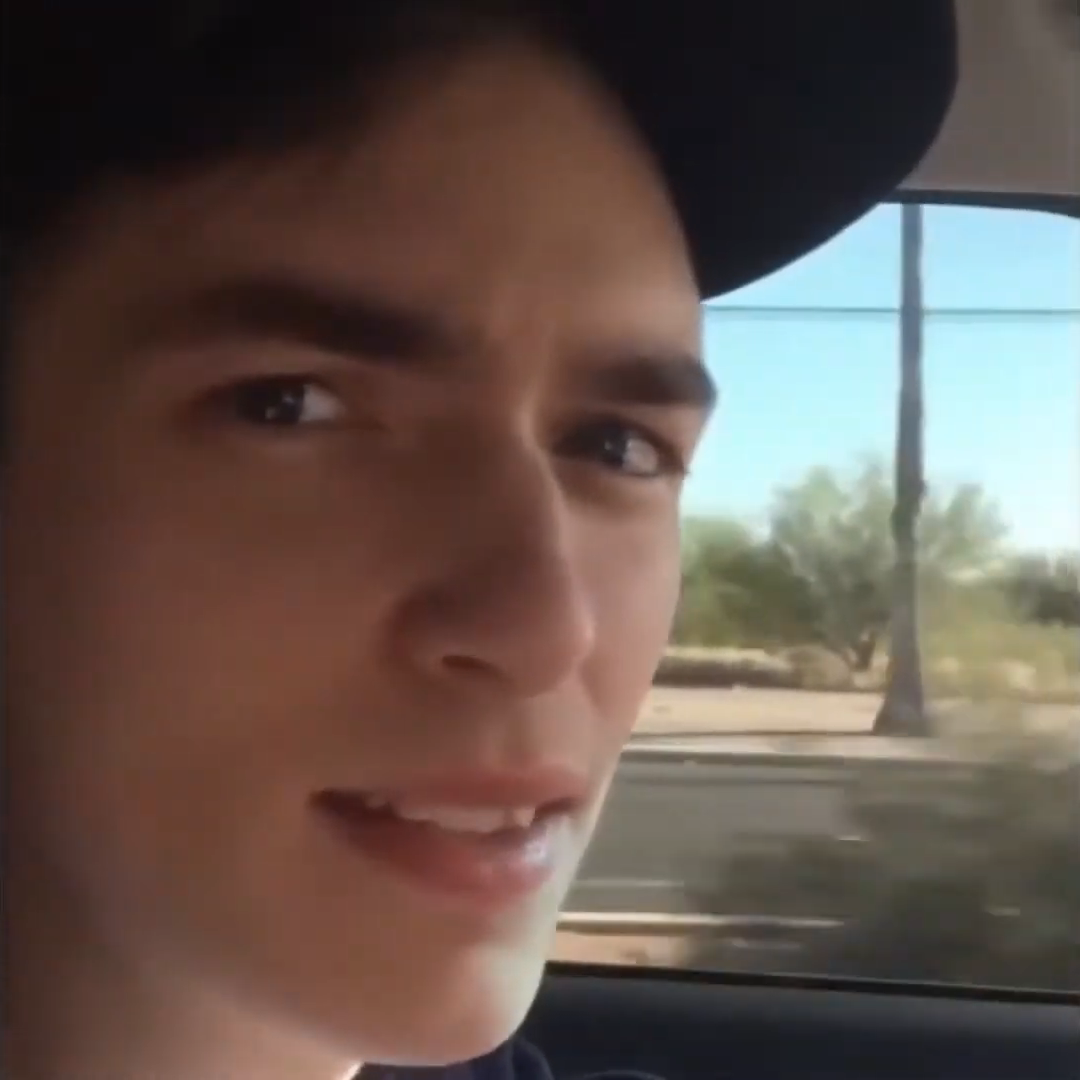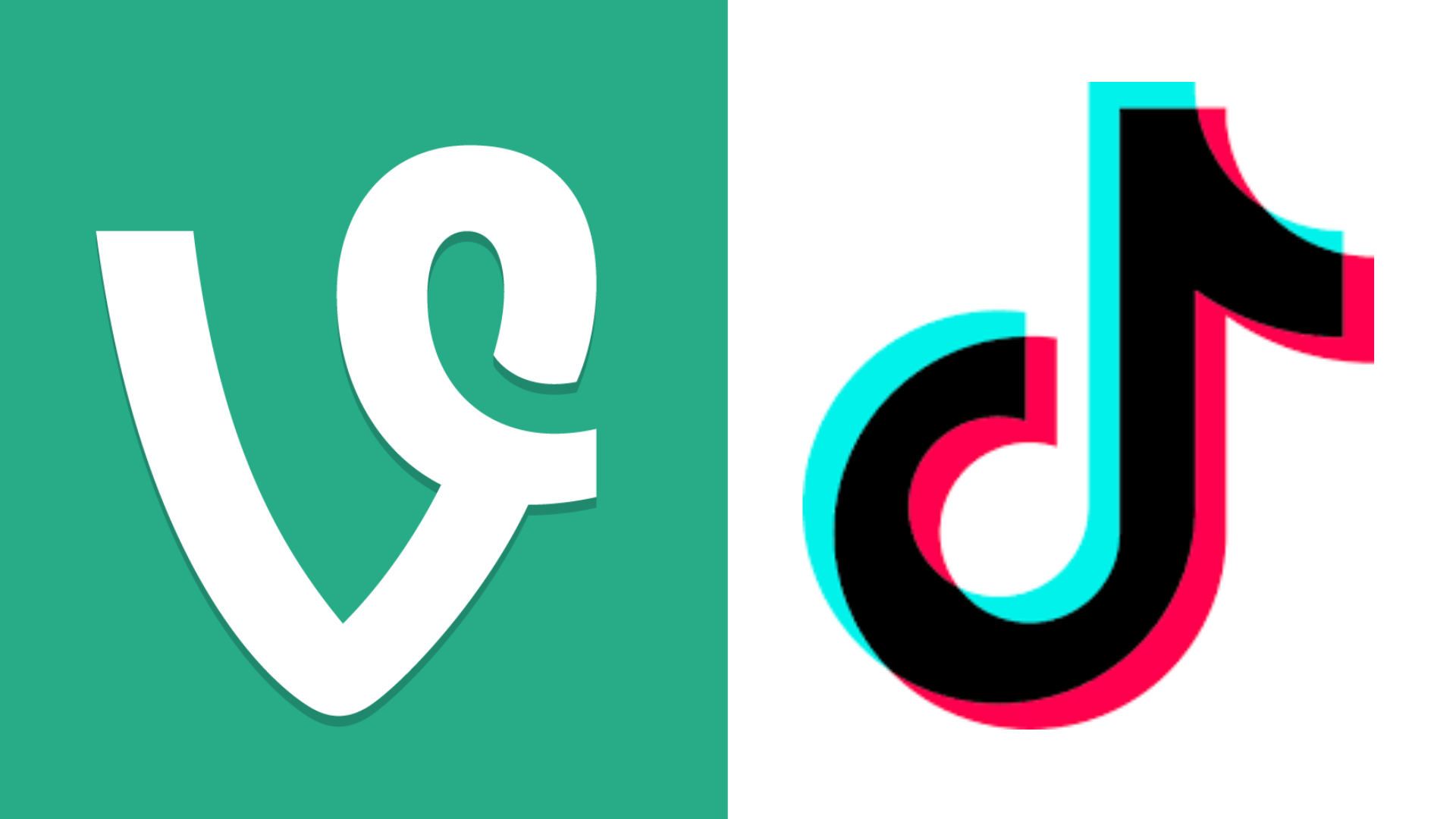B
Why Are Videos Getting Shorter?
Benjamin Peterson | May 6th, 2021

TikTok is at the forefront of this race for people’s attention. The reality is that Instagram, YouTube, TikTok, and Snapchat are trying to get you onto their site for ad revenue. The more time you spend on their app means the more ad revenue they collect. These apps have been programmed to continuously recommend content to keep you watching videos, which makes them more money in the end. TikTok, Instagram, and Snapchat mainly run off of “Short-form content,” which just means it's usually less than a minute long. “Long-Form Content,” is anything longer than 20 minutes - a stream, podcast, or movie, for example.
Before we get into TikTok, I’d like to mention Vine, the original short form content platform. Its videos were 6 seconds or less, so they always had to grab your attention instantly.



Three Classic Vines
If you
don't know these by the
thumbnail, you just weren't on Vine.

TikTok is outlasting Vine because of its unique tools for creation. Videos can range between 1 second and 1 minute. Editing videos on TikTok is super easy and the integration of music with the app is paramount to the app’s success. What keeps people on TikTok and not leave to other apps is the “For You page”. Its algorithm to keep you watching is unmatched. When you like a video, comment, share or favorite a TikTok, it notices and recommends more of that content, as well as generally popular videos. This makes your viewing experience much more consistent, and therefore much more addictive. Here’s a clip of Colin and Samir, a popular YouTube channel that focuses on the creator economy, talking about TikTok: (watch until 2:03)
YouTube is more complicated than other platforms. There’s no limit to what you can post on YouTube, but the rest of the apps have 1 minute caps. YouTube has realized these apps are gaining more and more traction, and they’re finally trying to catch up by decreasing the required video length in order to have an ad show up in the middle while you’re watching (mid-roll ads). They’ve decreased it from 10 minutes down to 8, which actually makes a huge difference with video editing and uploading time. Here’s another clip from Colin and Samir explaining YouTube’s pitfalls: (watch until 7:56)
To help this barrier to entry, YouTube’s recently added their competing short content format, called YouTube Shorts. It’s similar to how Instagram added Reels back in 2020. Now, Shorts is essentially the same as TikTok, with uploaded videos being less than a minute long. A lot of these are just reuploaded TikToks, but these Shorts are helping grow channels far more than if they uploaded an 8 minute long video. All you have to do to make a Short is just put #shorts in the description of the video and boom, you're done.
Lots of big channels are doing this and also getting millions of views from original shorts and clips from their previous long-form content, increasing their overall reach.
But this begs the question, is this just a general preference for content consumption? Or is it more psychological? The human attention span is now apparently 8 seconds, which explains why most good TikToks hook you in within 5 seconds. Any longer than that, and the video runs the risk of having the viewer keep scrolling. They always say that TV rots your brain, but is it Tiktok that’s rotting our brains now? Or is it all the general stresses of life that make us want something quick to raise our serotonin? Did the 8 second attention span cause our need for short form content? Or did the short form content cause our 8 second attention span?
It’s a chicken and egg scenario; just some food for thought.